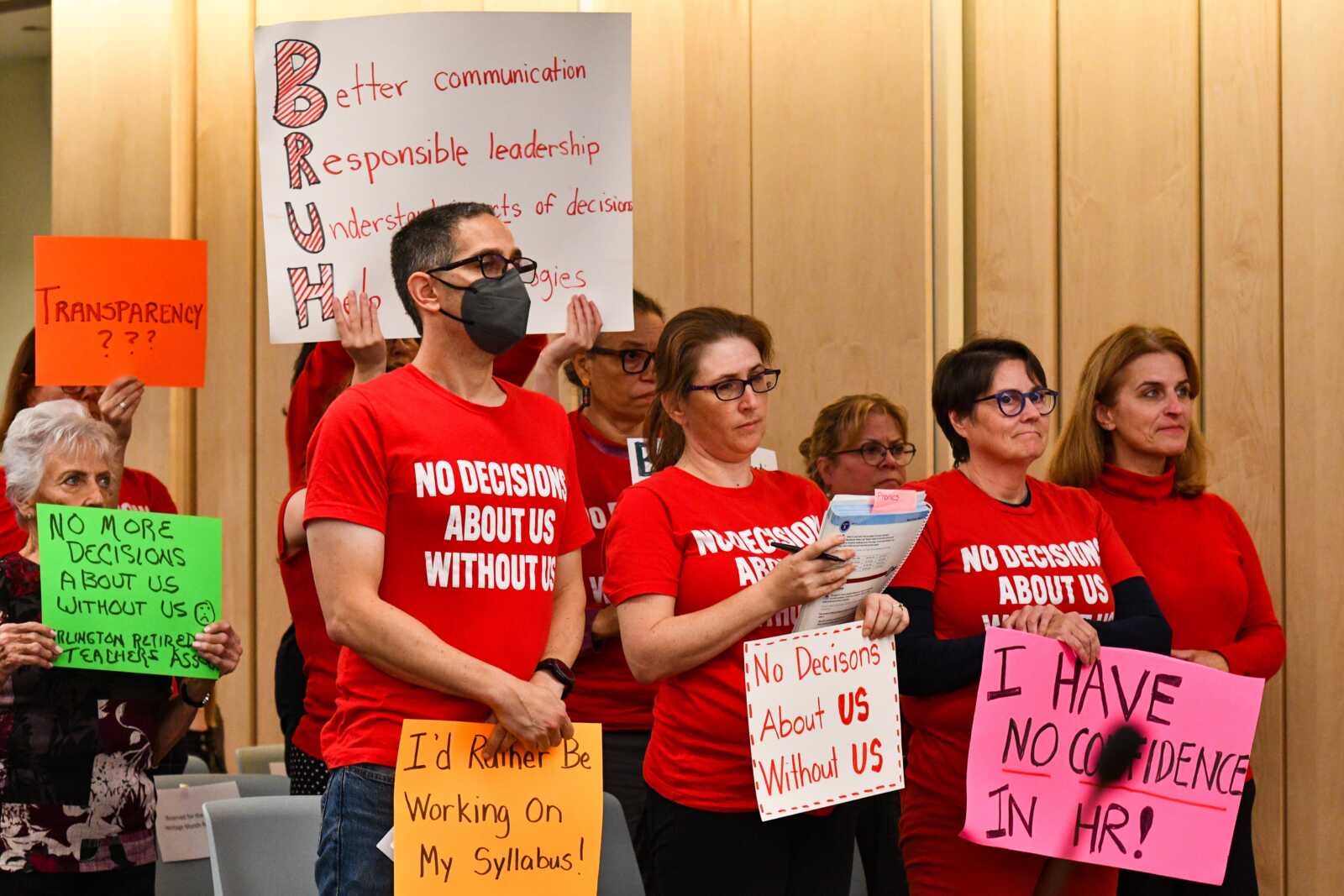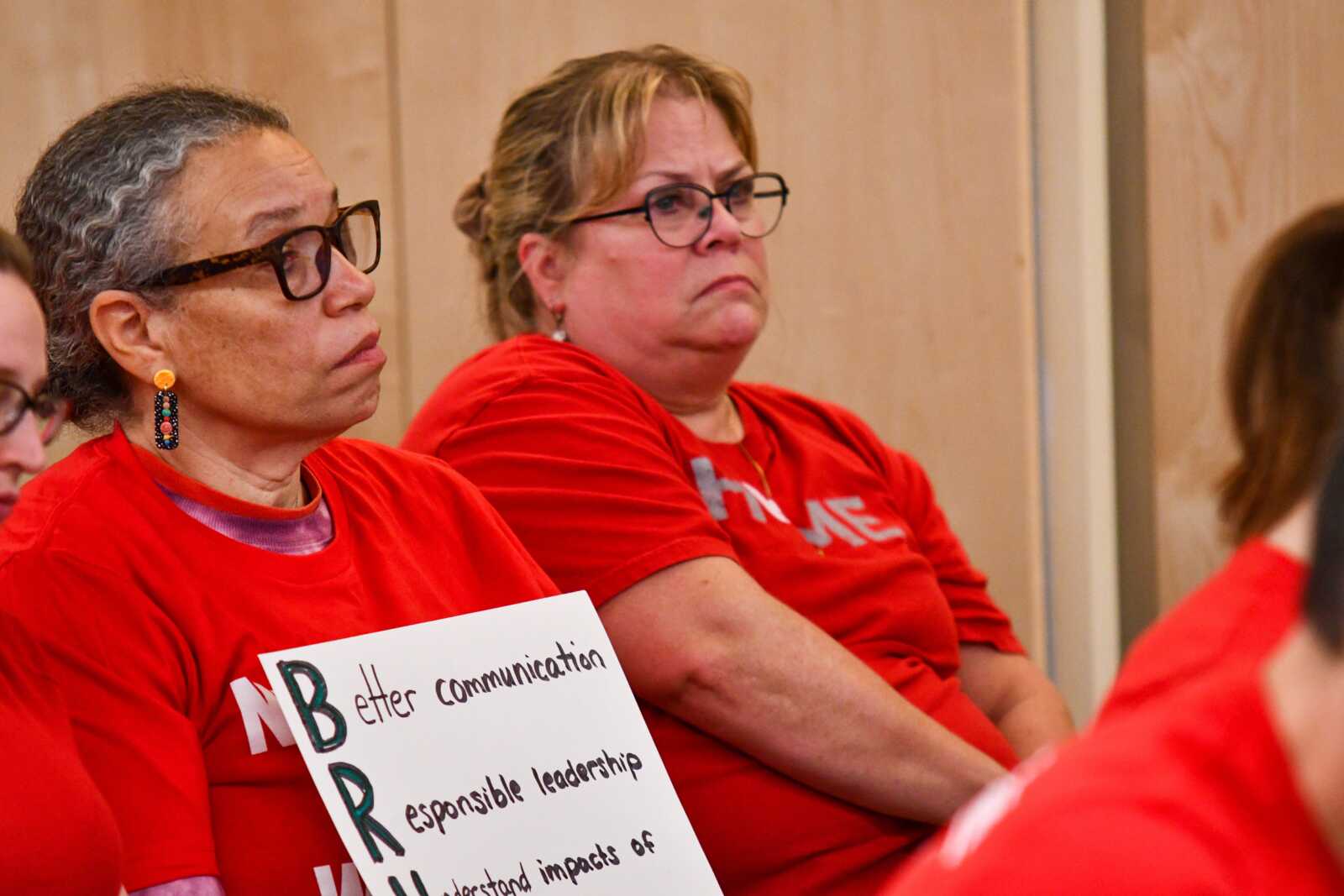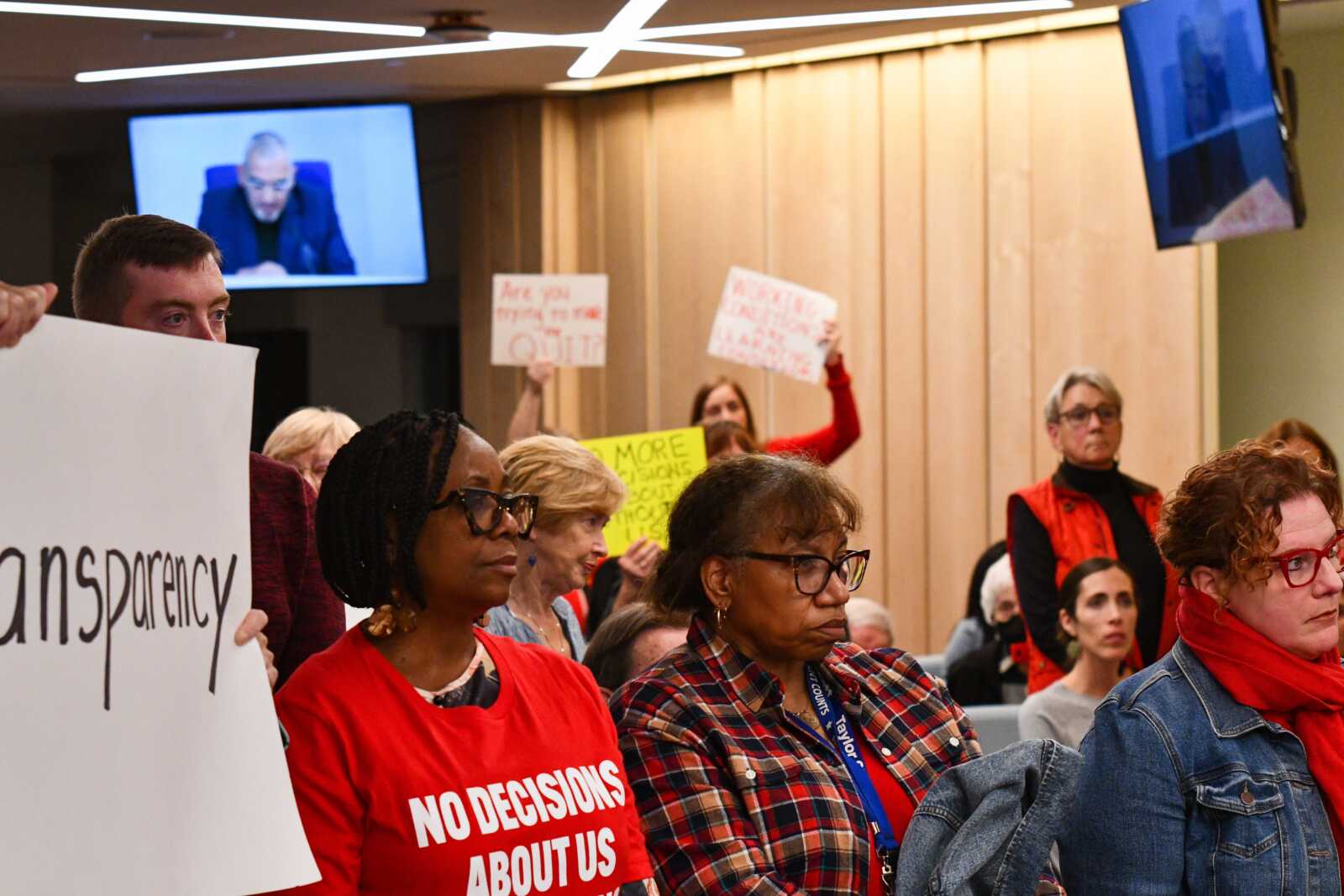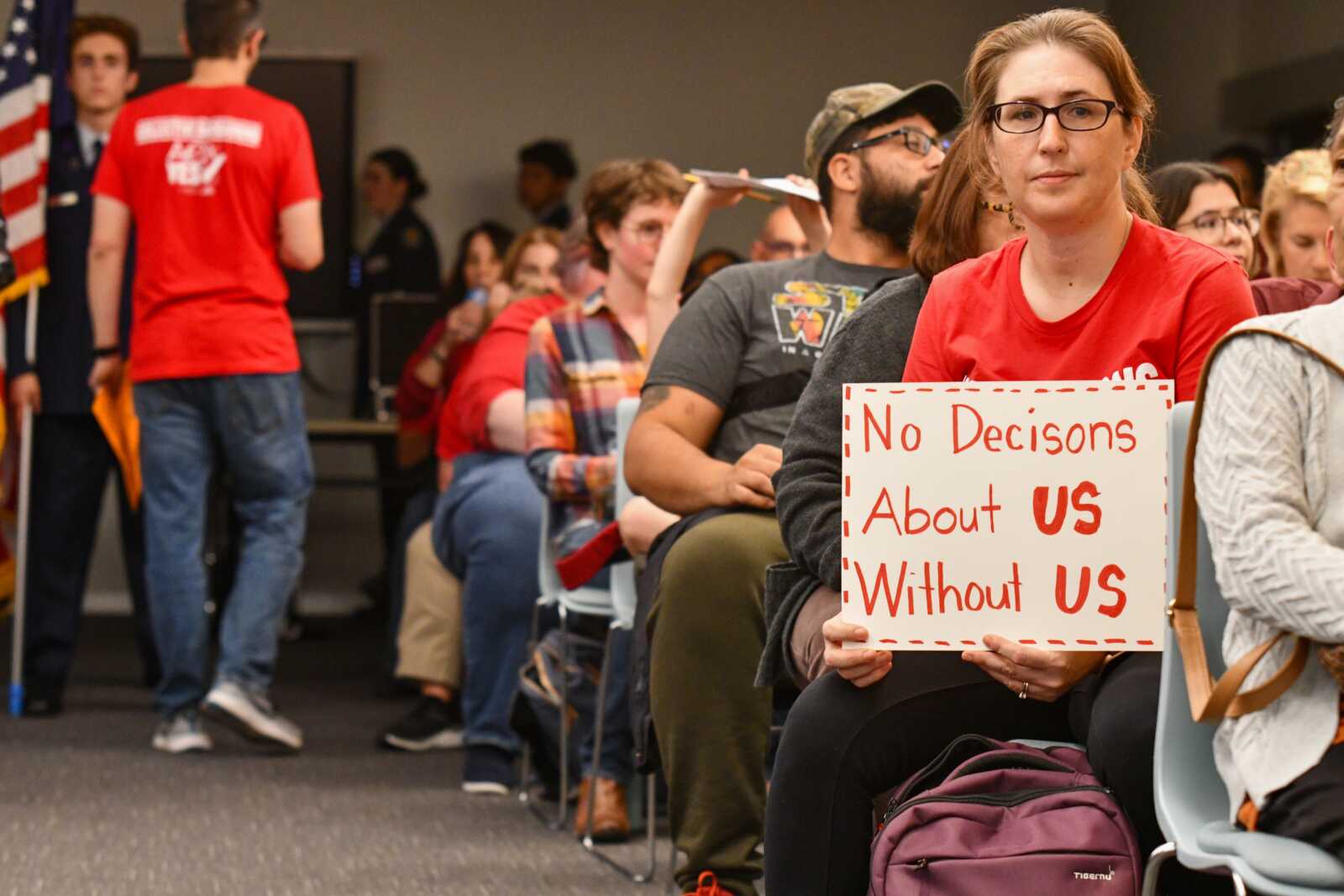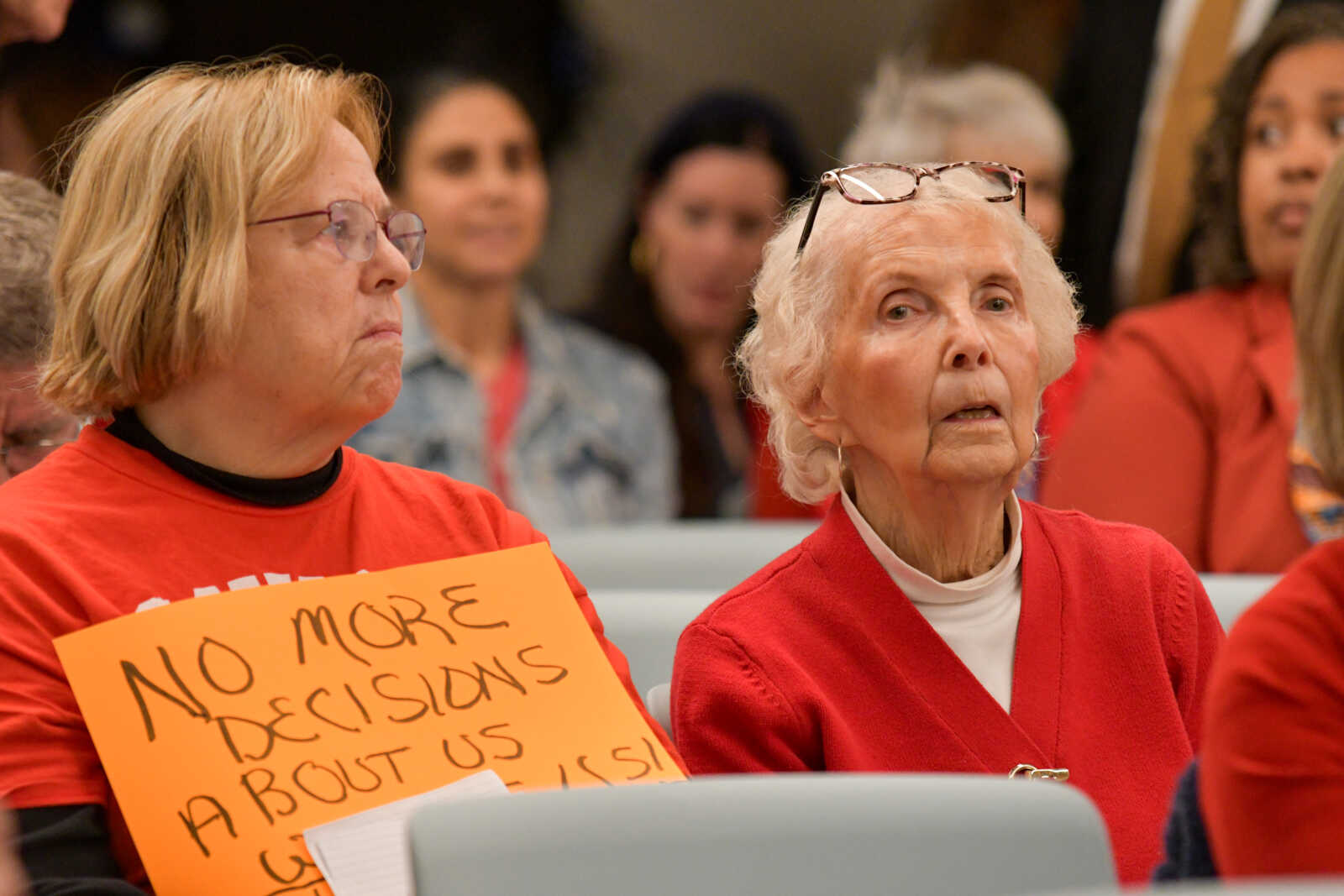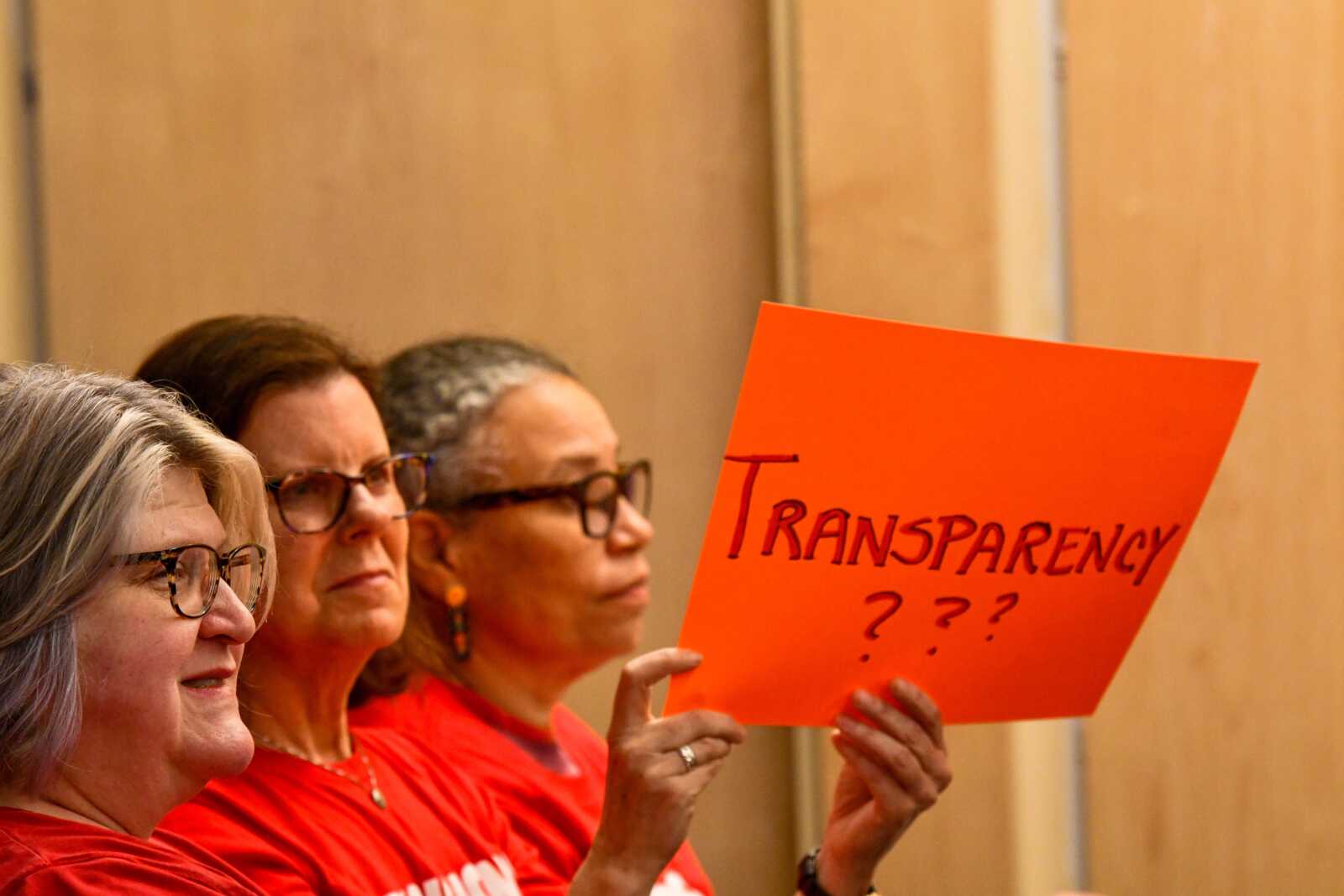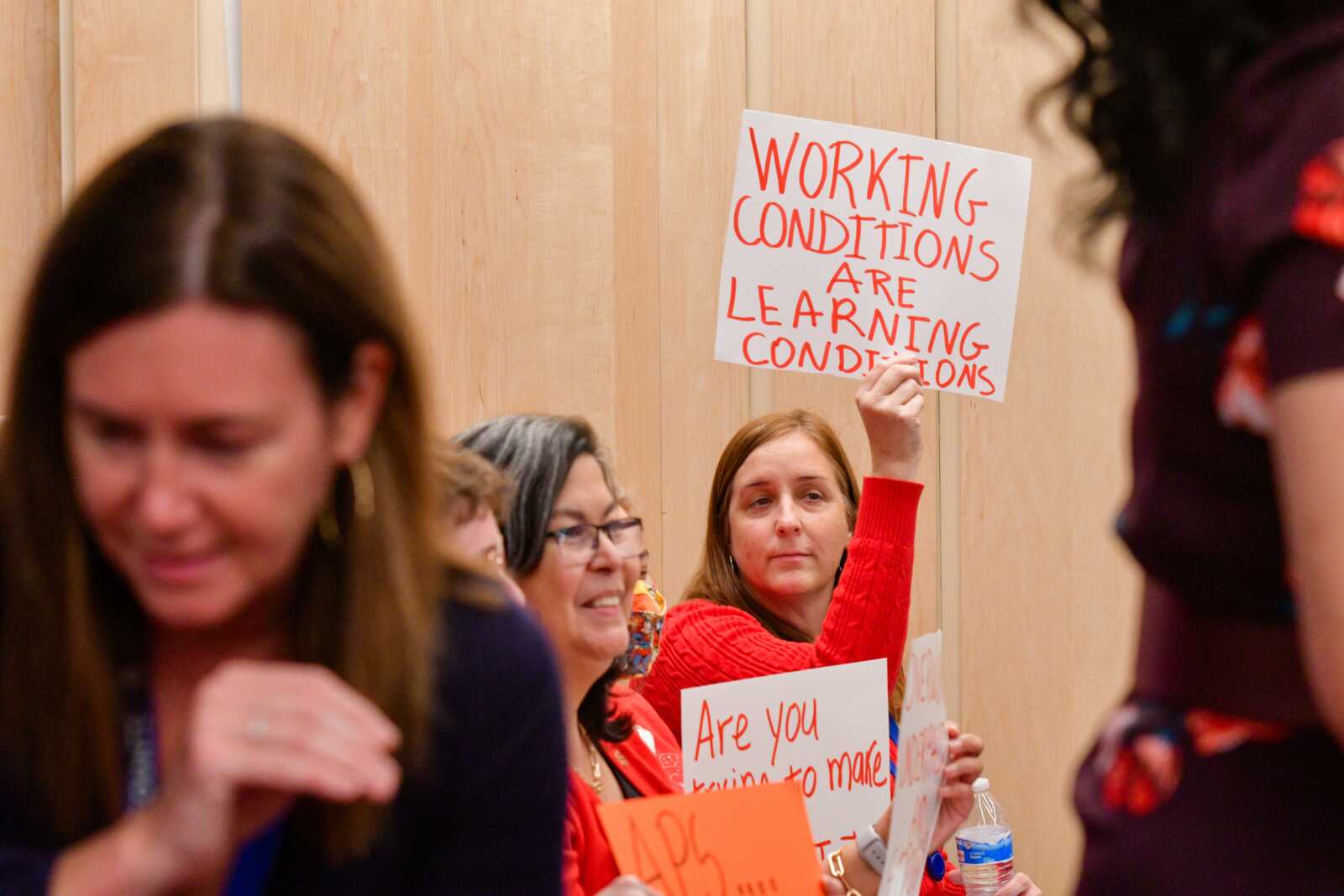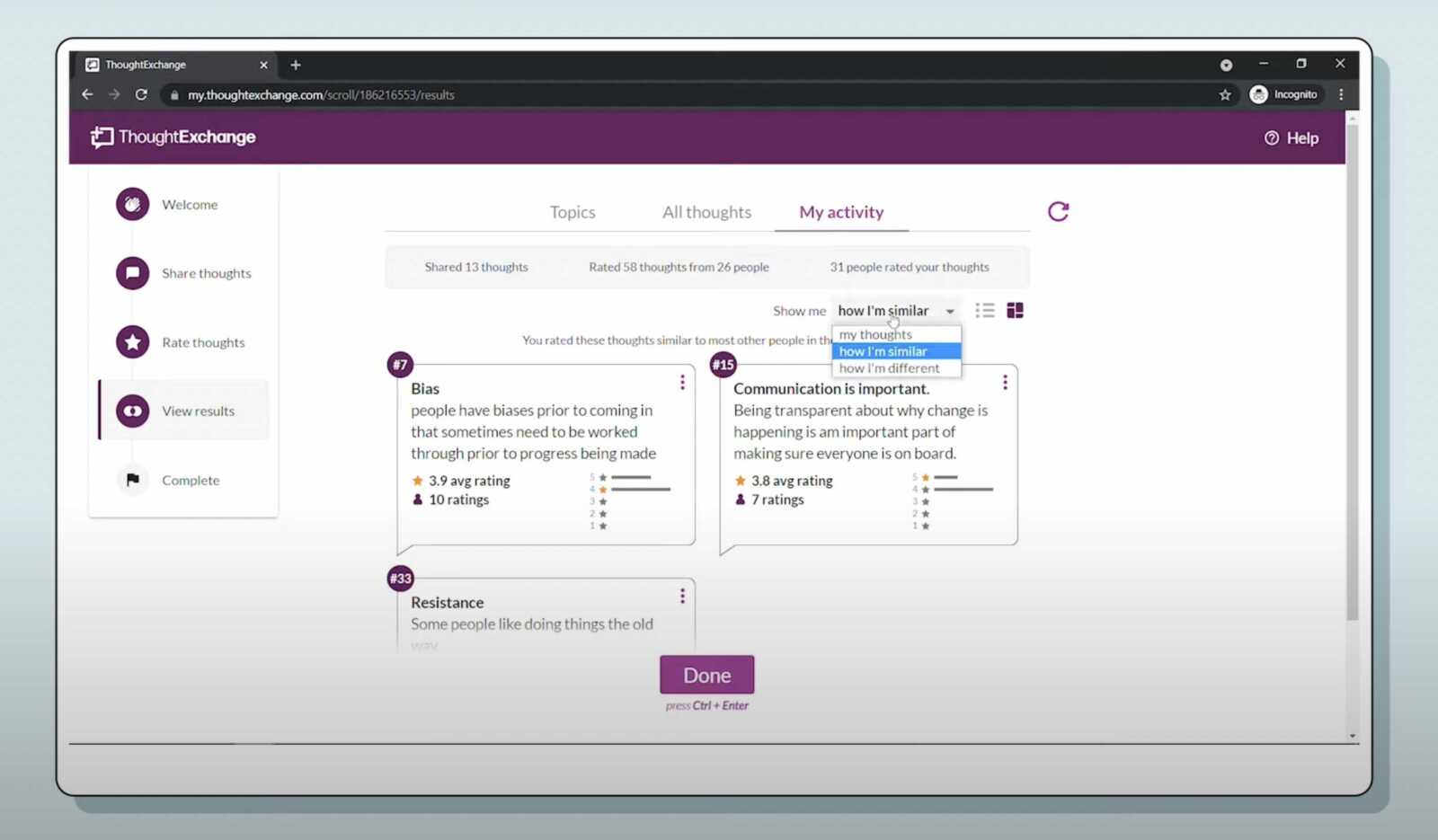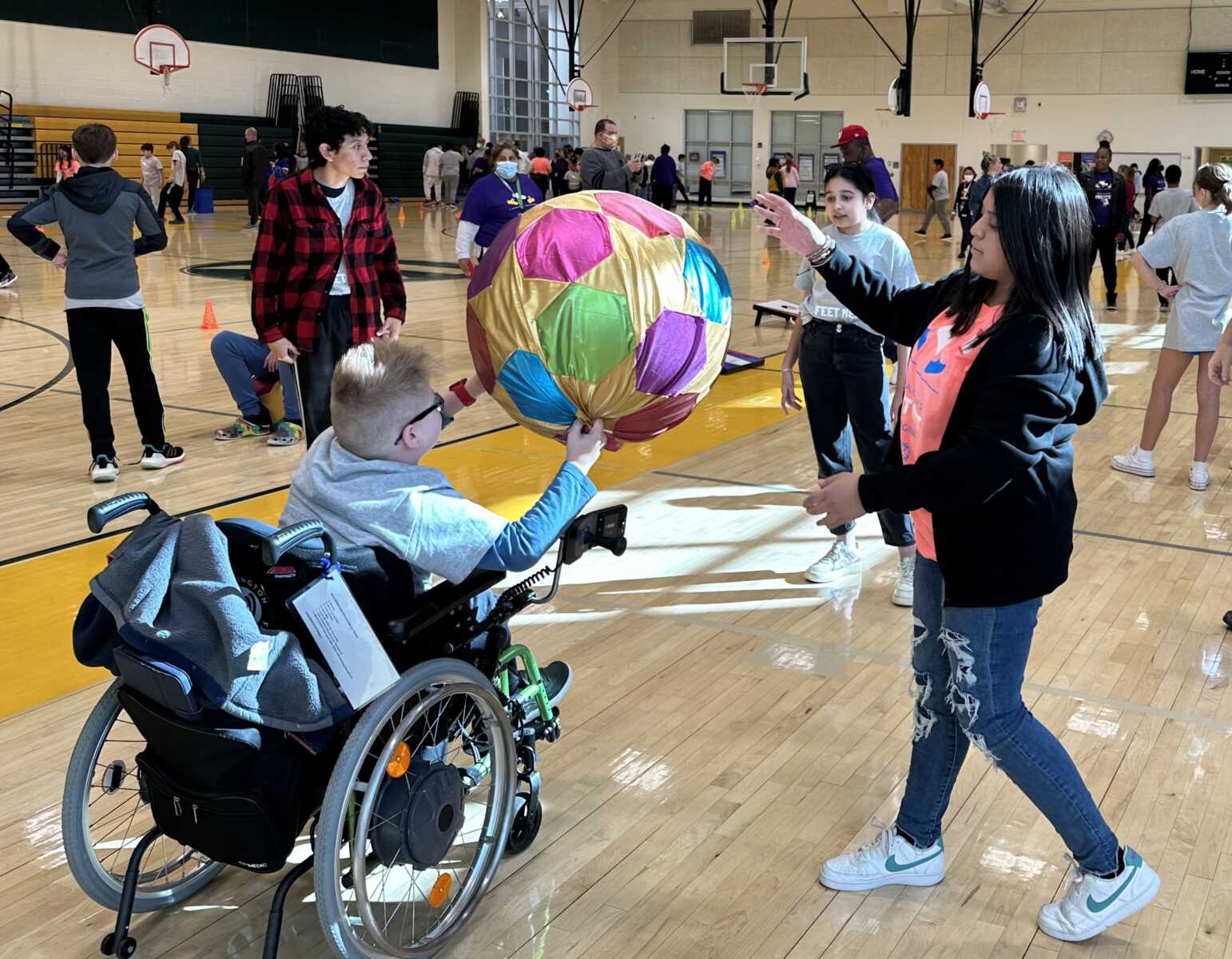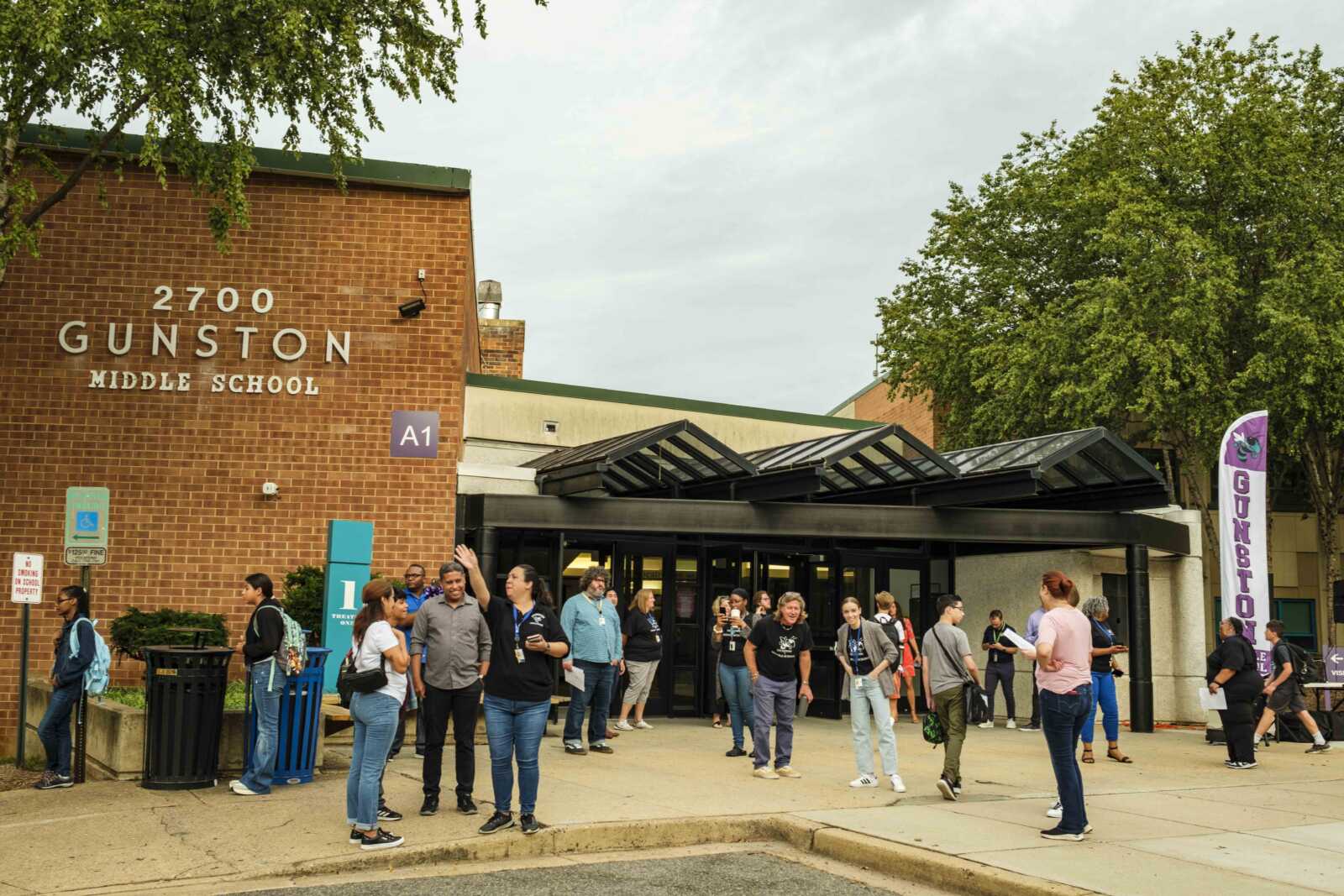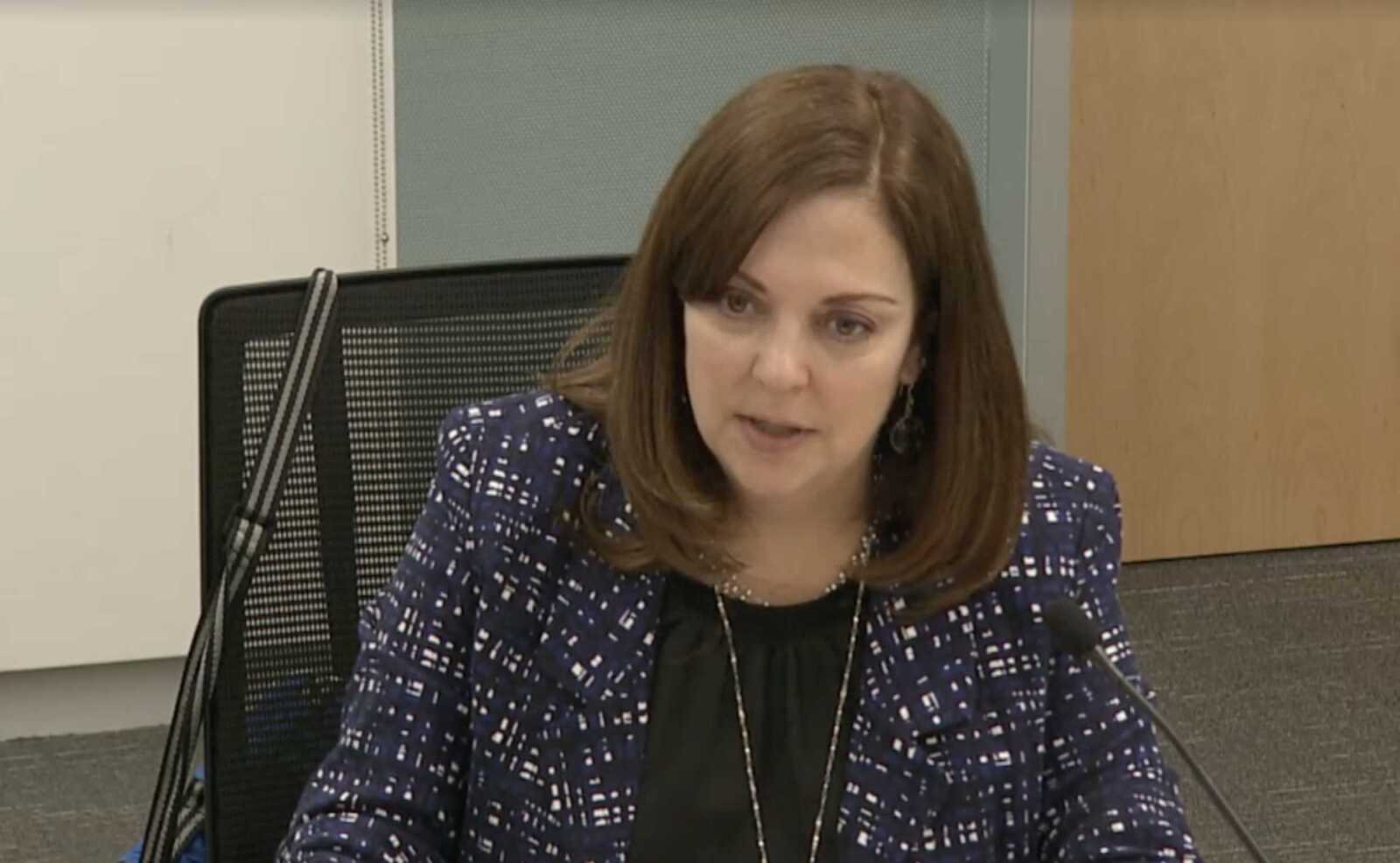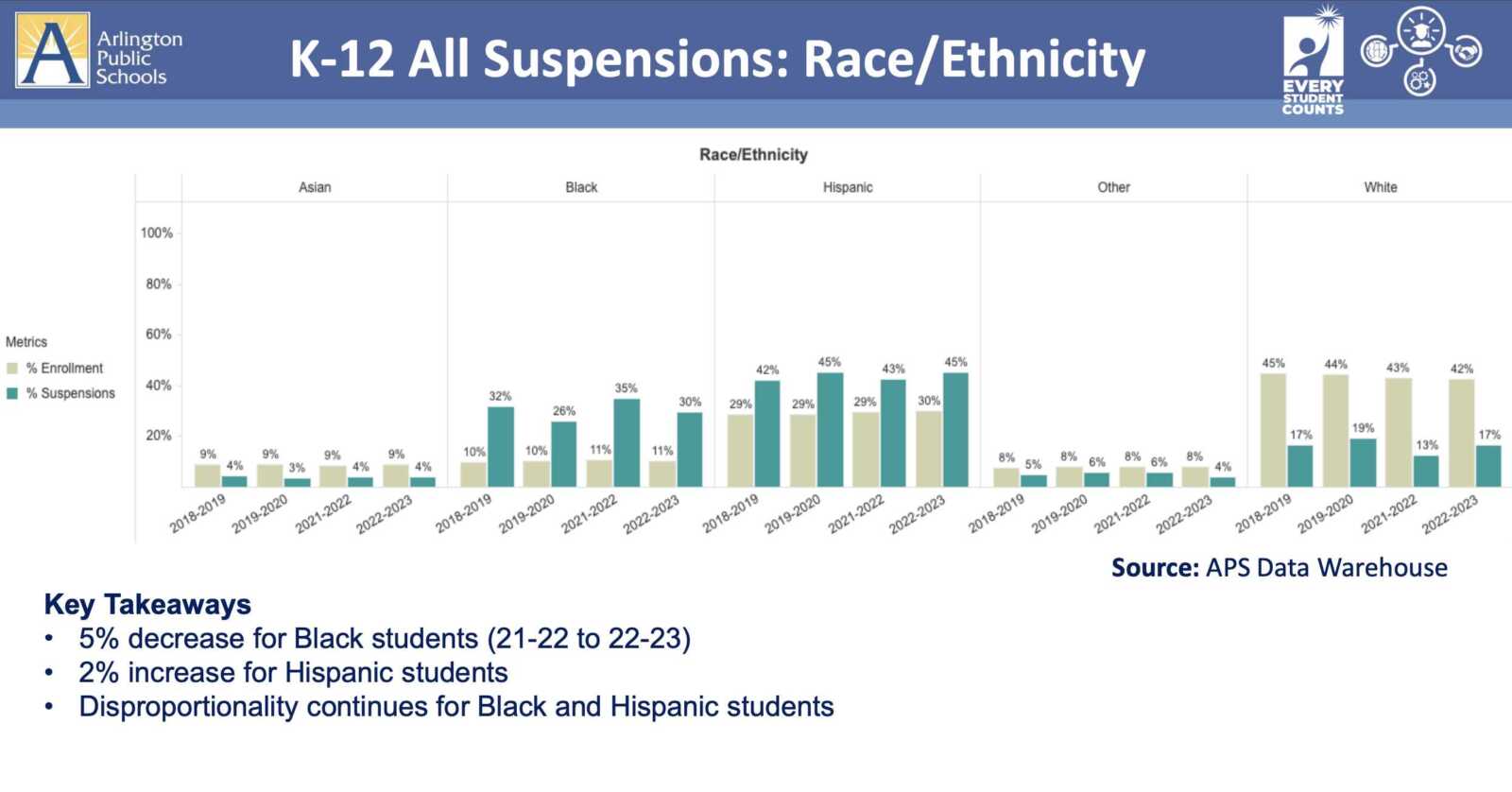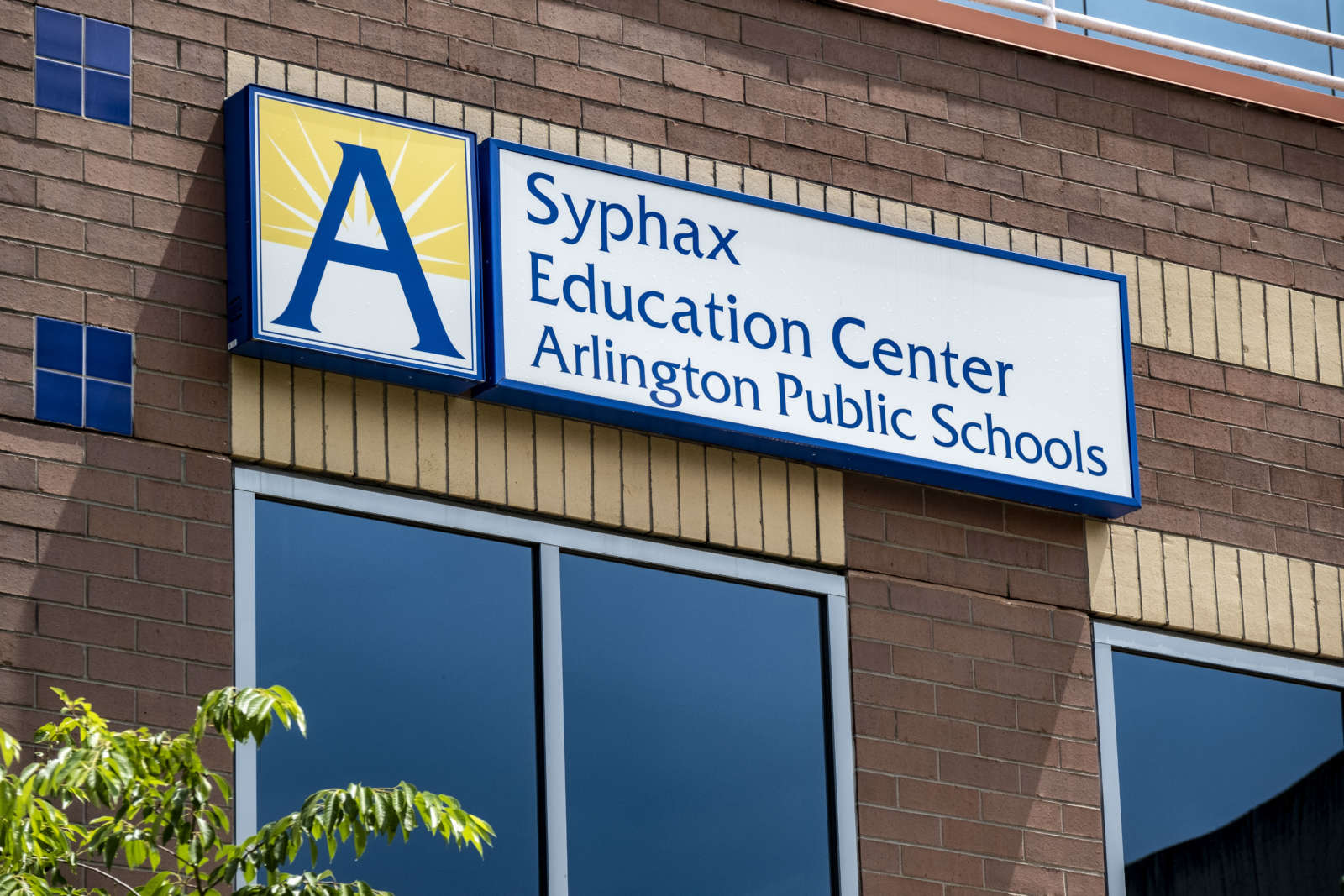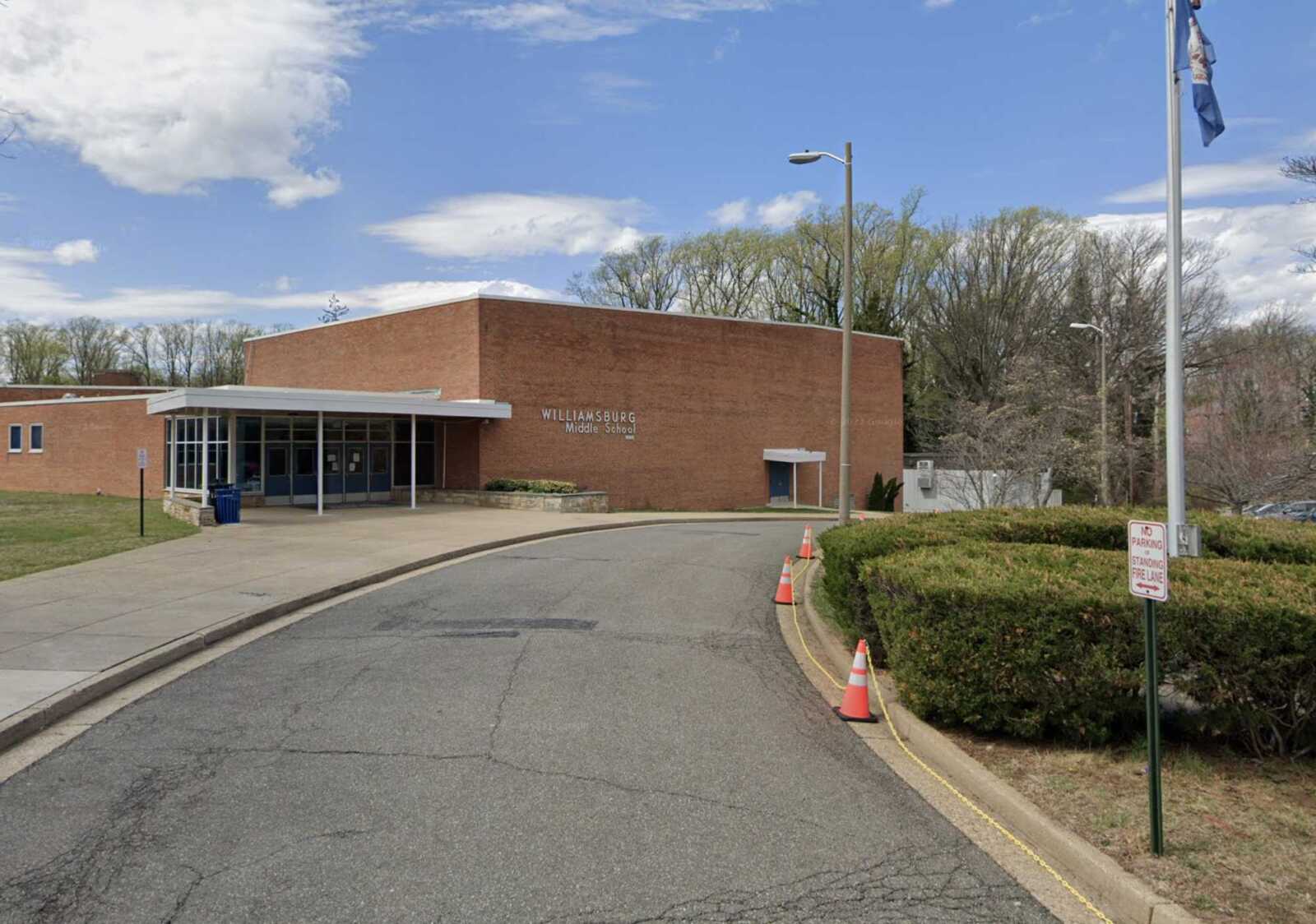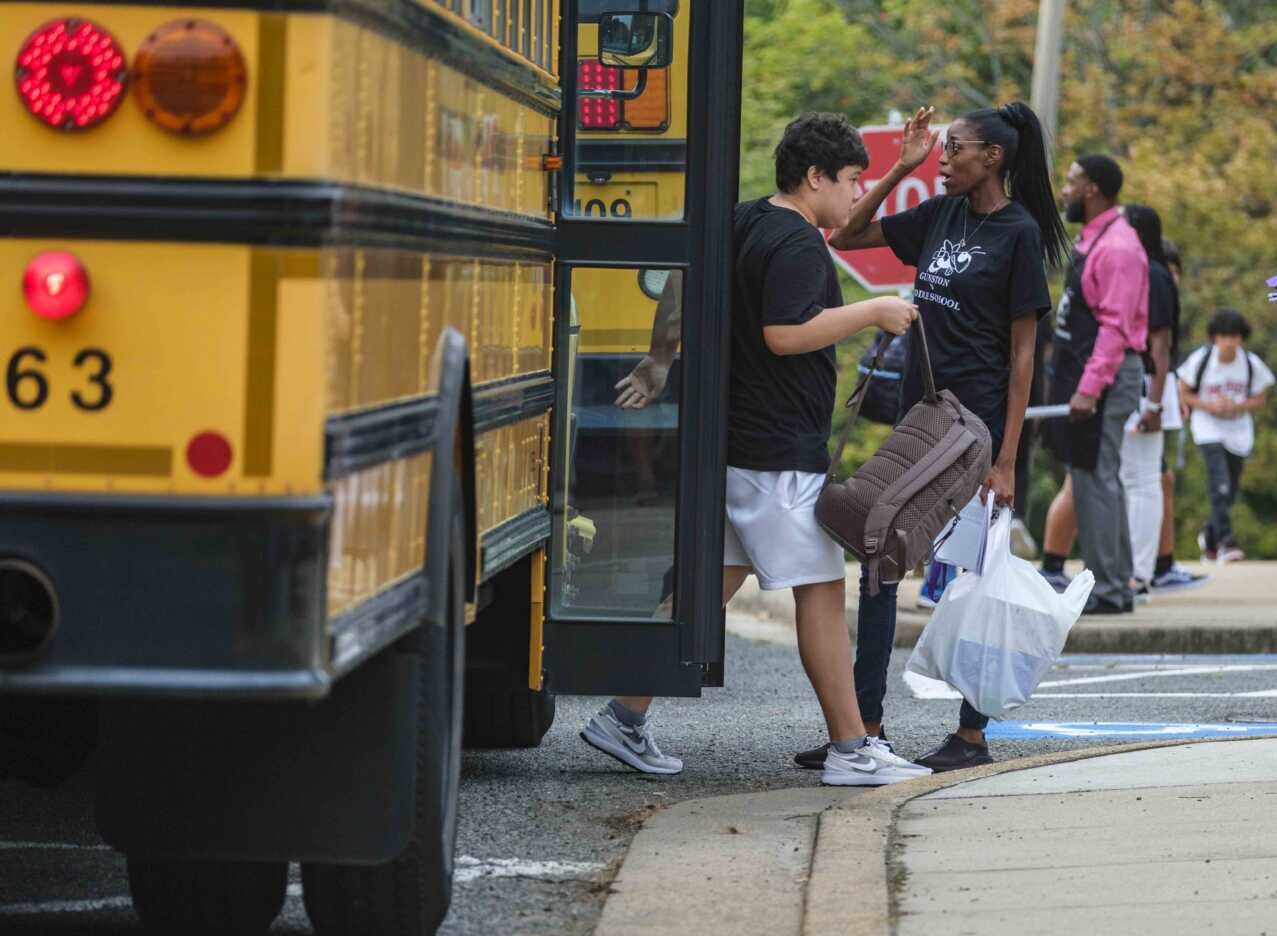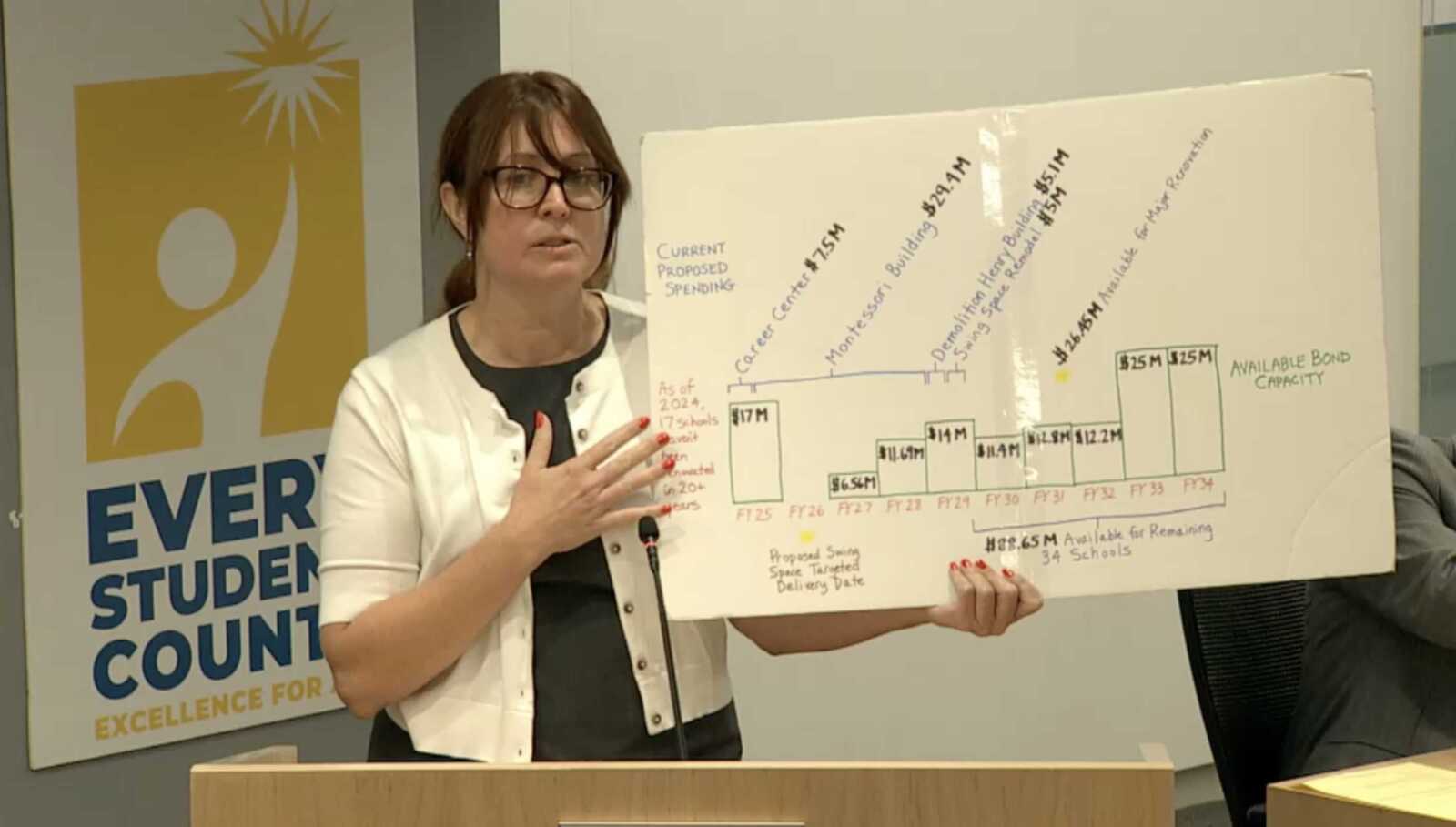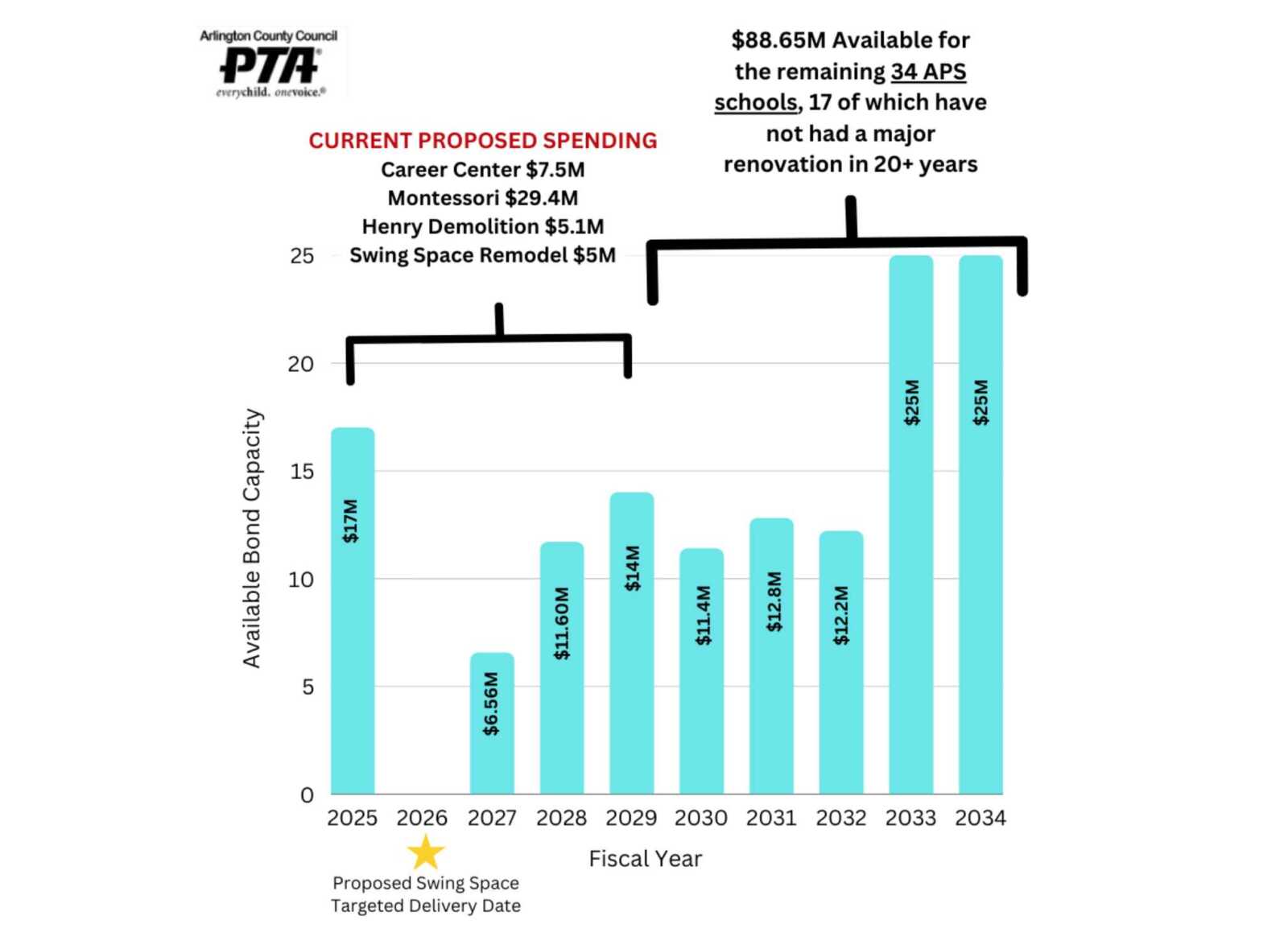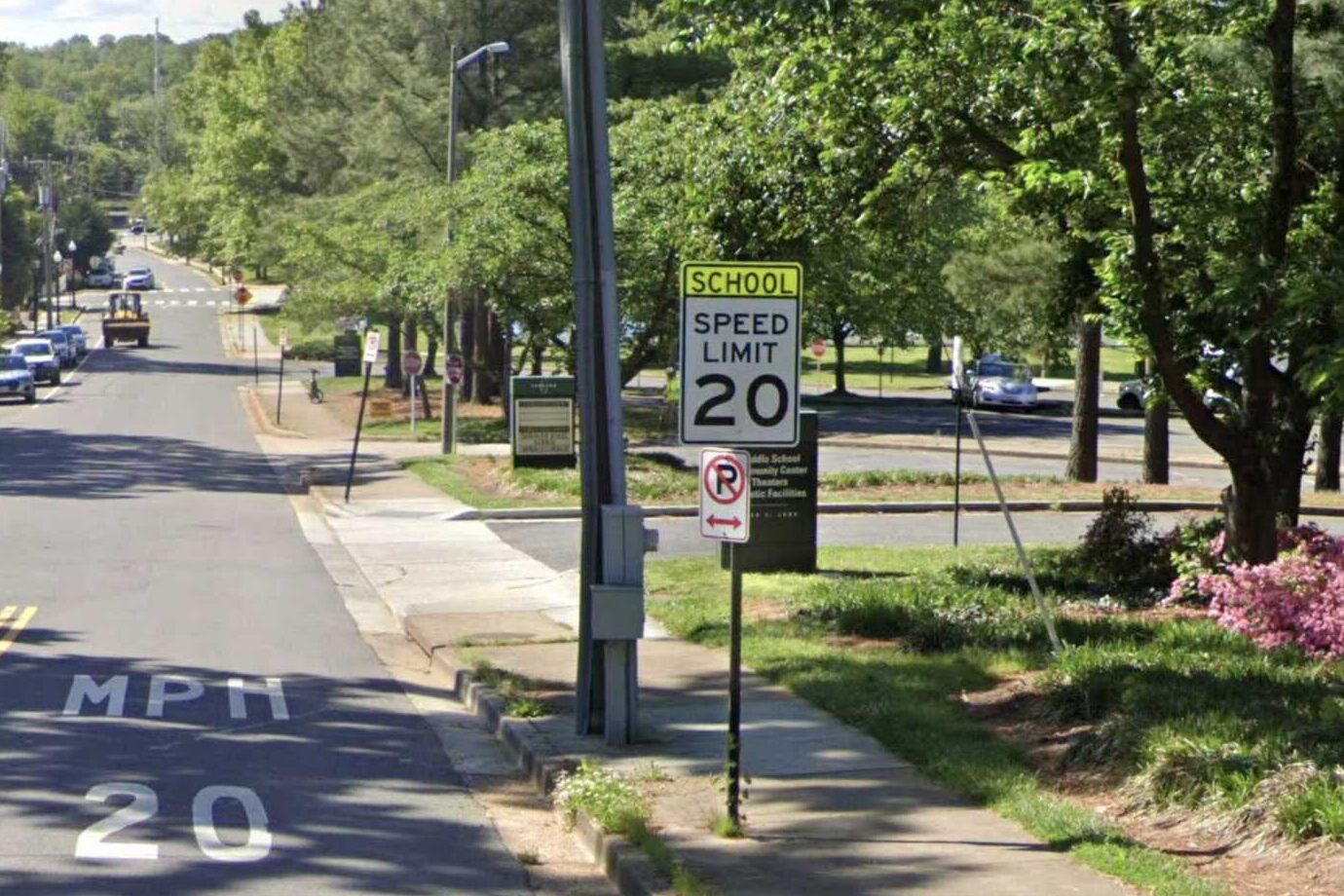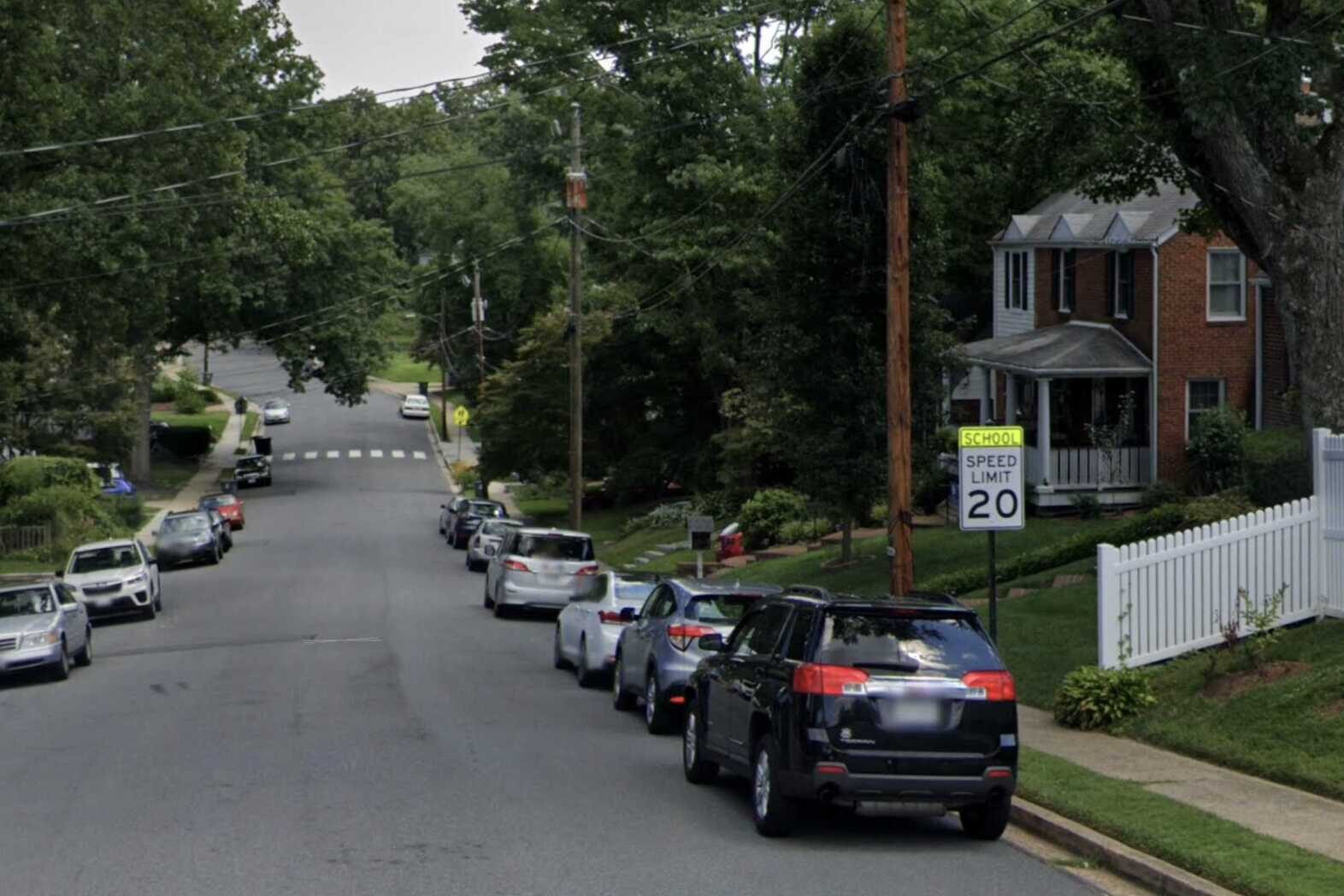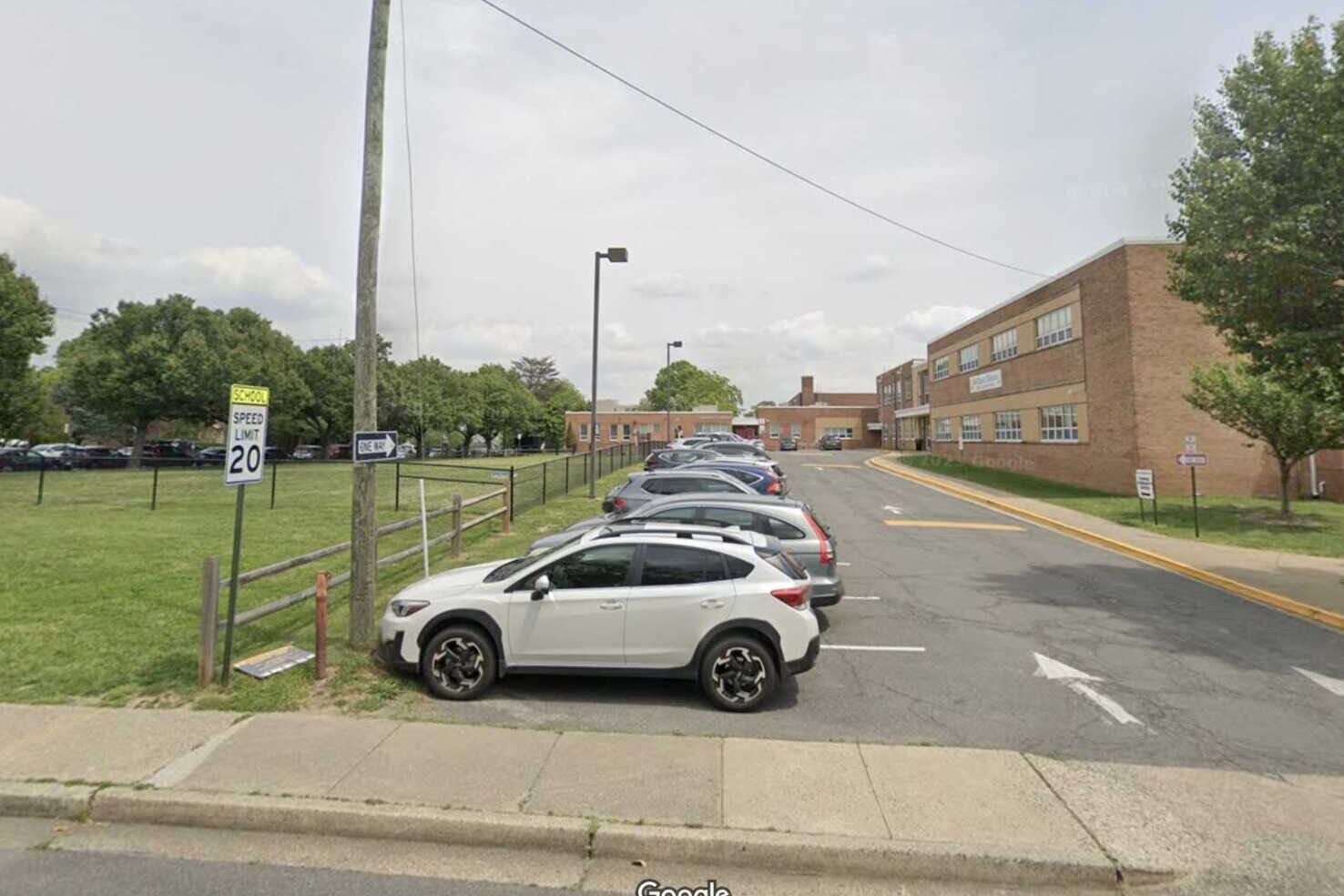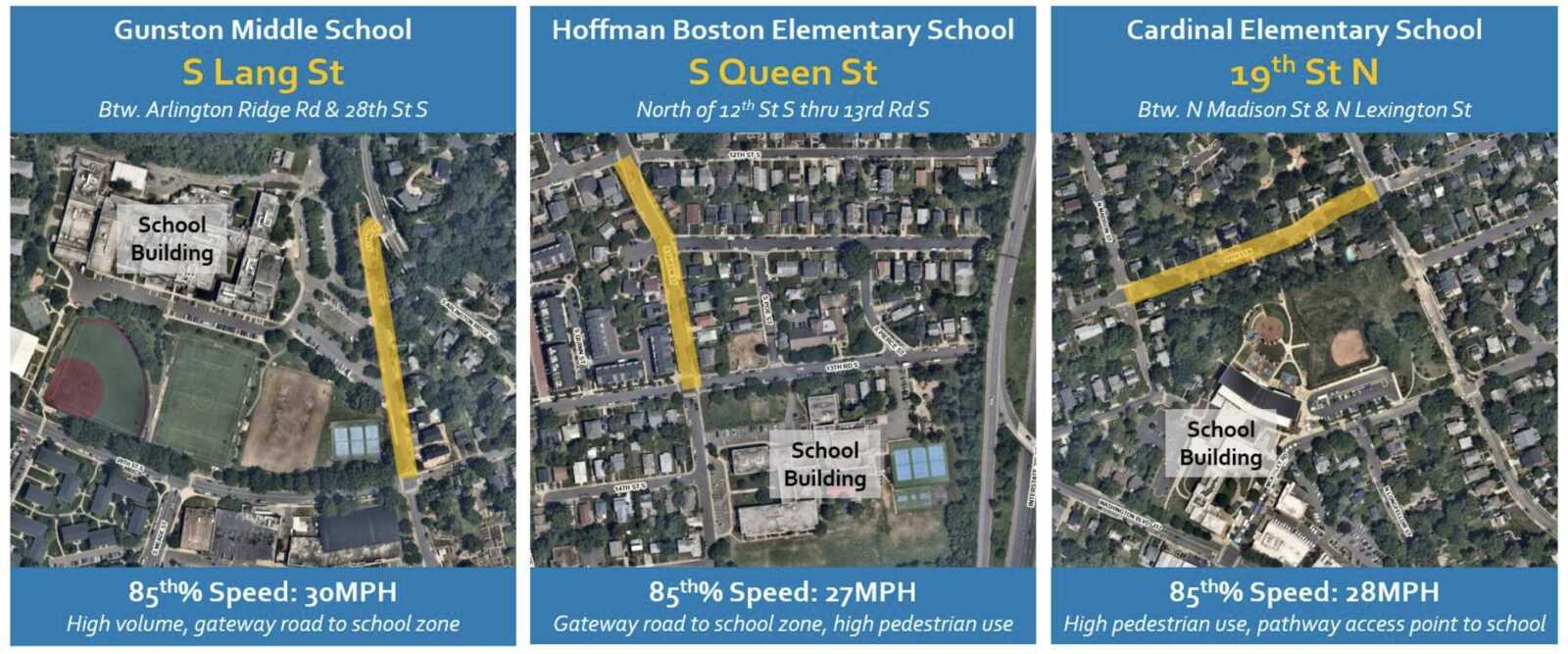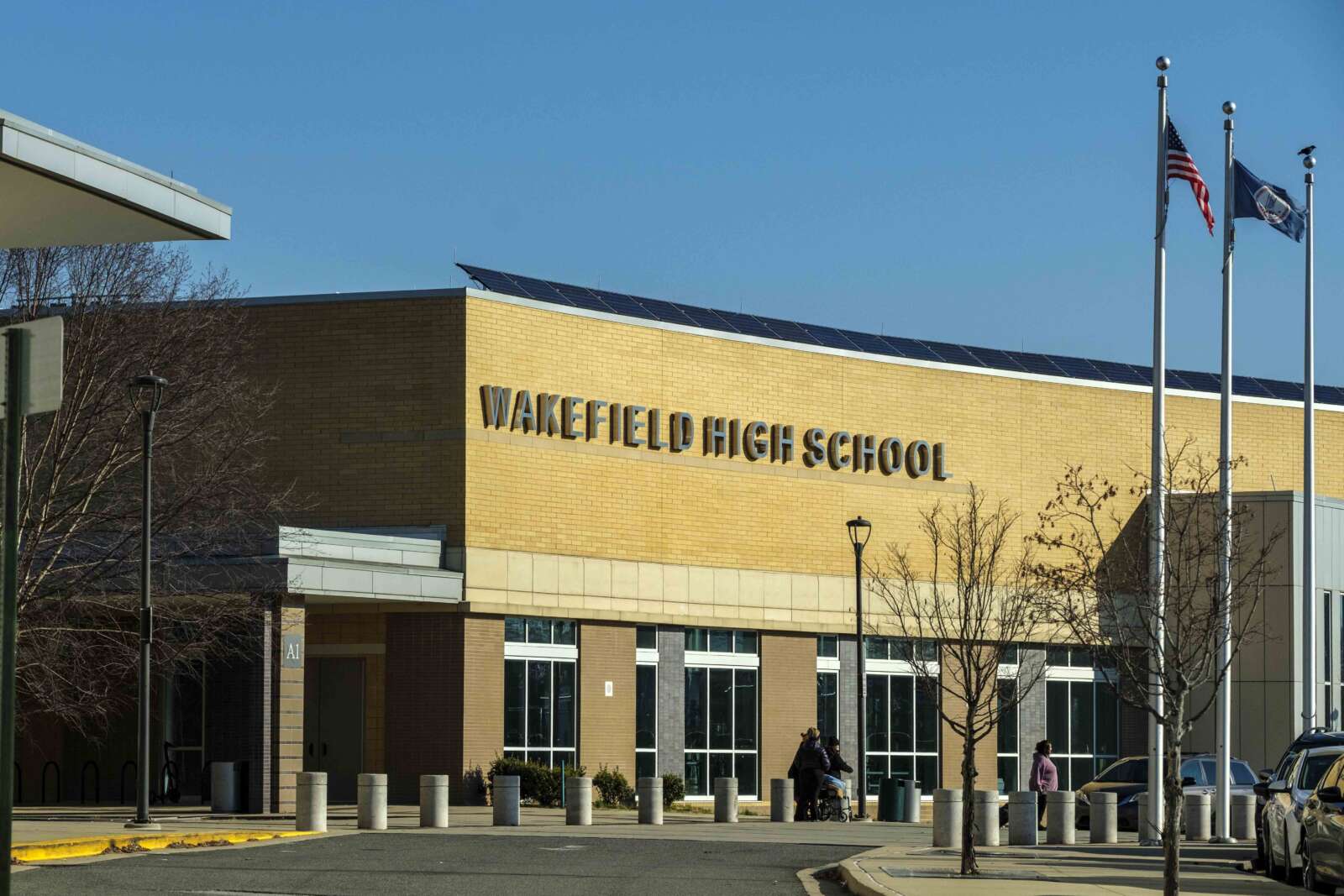Over the course of an hour last night, Arlington Public Schools teachers excoriated the School Board and central administration for how they are handling what some call a healthcare catastrophe.
On Dec. 31, APS staff will lose the healthcare they receive from Kaiser Permanente and Cigna through APS, to be replaced in January by CareFirst BlueCross BlueShield.
Many current and retired staff say this change will upend the Kaiser healthcare teams they have built for themselves and their families over several years and in some cases, decades.
APS says it solicited bids from healthcare vendors and received four proposals, including CareFirst, the vendor it ultimately selected — but not Kaiser.
The school system first announced the change on Sept. 20 and the response was swift. Teachers spoke up at the subsequent September School Board meeting and ARLnow received at least a dozen emails from staff who were upset and confused by the change.
These feelings reached a boiling point on Thursday despite efforts from APS to smooth things over. APS held a “resource fair” with CareFirst representatives and Human Resources staff to help understand their benefits and enroll but according to the teachers union, the Arlington Education Association, this did not ease the anxiety of the nearly 400 people who showed up — some of whom were turned away.
“This disrespectful treatment of staff, lack of response and inappropriate responses from HR and lack of transparency on issues that not only affect staff but students and families, is disheartening,” says teacher Tricia Zipfel.
When teacher Marnie Lewis took the microphone at the School Board meeting, she began crying but eventually rallied to encouragement from colleagues in attendance.
“This [change] really took me to my knees,” she said. “I can’t believe I’m here. I’m here because this is how upset I am. I used to love working here, I was proud to work here and I’m not feeling that anymore… I would just like it if someone could answer my emails and questions. That would be great.”
Teacher Heidi Haretos, who recently moved from North Carolina to Arlington, asked central office and the School Board: “If your wife, daughter, husband or son had a serious health condition, and had a trusted medical team supporting them through Kaiser, would you have made this decision?”
(more…)


